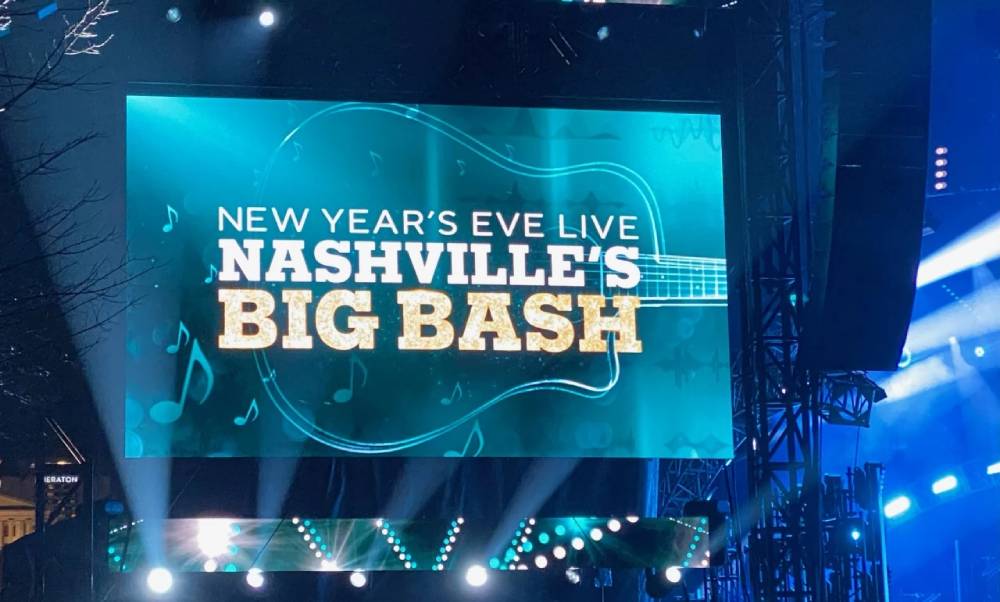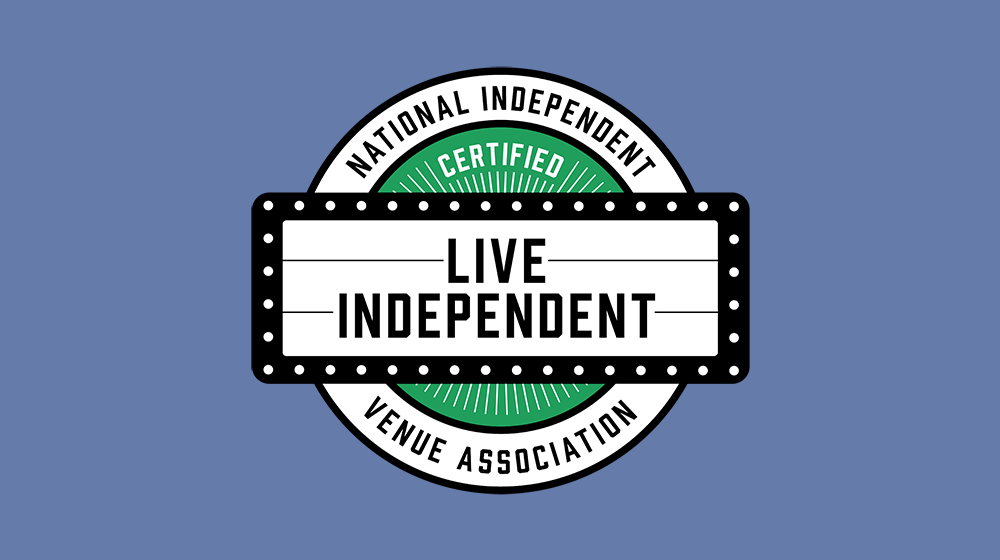
LOS ANGELES (CelebrityAccess MediaWire) — Its been a busy few years for Live Nation. After a successful spin-off from their parent corporation, Clear Channel, the firm has been making strides in the live entertainment world.
As the live music continues to be the strongest growth sector in the industry, major acquisitions by LN such as the House of Blues chain in the US and Mean Fiddler in the UK make Michael Rapino seem particularly prescient.
Live Nation has also been surprisingly agile for an organization that is spread both geographically and in its business interests. One of the firm's major accomplishments has been the deployment of a web-based customer service platform that has effectively integrated the company's physical properties and providing a convenient way for a potential customer to find out what's going on in their area, not just at LN properties but at other venues as well.
Their efforts in the digital arena appear to have paid off. Neilsen/Netratings has named Live Nation's web portal as the most visited entertainment website and LN has reported more than 60 million visitors in 2006.
Live Nation's 2006 acquisition of the House of Blues and their aggressive push with the Fillmore brand has helped them to solidify a significant presence in the US touring market with both large and mid-sized venues in virtually every major market in North America.
Across the pond, they have been pursuing a similar strategy. This year's acquisition of Mean Fiddler and a majority stake in Academy Music Group give LN similar positioning in the UK. These deals also open the door for LN in the red hot festival scene and they now have entrée to the Leed/Reading Event, the Homelands Festival, Download Festival and a slice of Glastonbury, all of which were strong performers this year.
Its not limited to the UK either, Live Nation's interest in the Netherlands promotion firm Mojo, which runs Pinkpop, Lowlands, Arrow Rock Festival and North Sea Jazz, LN's interest in Werchter and the Graspop Metal Meeting in Belgium, along with controlling stakes with numerous other promoters in Europe serve to make Live Nation a force to be reckoned with on the continent.
Live Nation appears by all accounts, to be well positioned to remain a dominant player but as there is an old adage that says no plan survives contact with the enemy.
 Live Nations' competitors have not been quiescent as LN has worked to build its empire. AEG is a fierce competitor, not only do they already have a strong hold in the US with control over large venues in all major markets, they also are similarly situated in the U.K. with the newly refurbed O2 dome along with a live entertainment district in London with plans in the works for similar enterprises in other European cities.
Live Nations' competitors have not been quiescent as LN has worked to build its empire. AEG is a fierce competitor, not only do they already have a strong hold in the US with control over large venues in all major markets, they also are similarly situated in the U.K. with the newly refurbed O2 dome along with a live entertainment district in London with plans in the works for similar enterprises in other European cities.
To compound matters for Live Nation, AEG's recent poaching of Stuart Galbraith, formerly Live Nation's Director of festivals in the UK, may be an indicator that AEG is looking to expand its presence in the lucrative festival market. While no official statements have been released about Galbraith's rapid departure, several news outlets have reported that Galbraith, in addition to plotting defecting, had been "sounding out" his Live Nation colleagues about joining him in his exit.
AEG's expansion into the European live music market is perhaps a likely step. Its a lucrative trade these days, one which analysts estimate grew by 8% last year to more than $1.5 billion so it would be hard to envision AEG not aggressively pursuing potential revenue there when they already have a presence in said markets.
 Another, perhaps longer term question, is how long can these markets continue to expand and how can Live Nation continue to grow? Western Europe is already near its saturation point. There is a finite limit to the number of acts, fans and summer weekends for festivals and eventually the Law of Diminishing Returns will come into play. The Eastern European market may provide fertile grounds for expansion but financial and cultural boundaries will present hurdles for promoters there.
Another, perhaps longer term question, is how long can these markets continue to expand and how can Live Nation continue to grow? Western Europe is already near its saturation point. There is a finite limit to the number of acts, fans and summer weekends for festivals and eventually the Law of Diminishing Returns will come into play. The Eastern European market may provide fertile grounds for expansion but financial and cultural boundaries will present hurdles for promoters there.
Similarly, the Asian market is opening as well, but there are already numerous regional players hard at work and the cultural and political complexities that exist there will be especially challenging to overcome.
Finally, one must ask if the vertical integration of the live music business will be healthy for the industry long-term. The efficiencies of scale make such moves attractive from a bottom line standpoint, but they also tend to homogenize disparate markets and we all saw how well that worked with commercial radio under Clear Channel's steady hand in the 1990s. – Ian Courtney




























